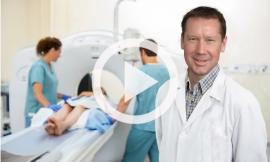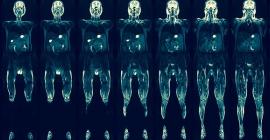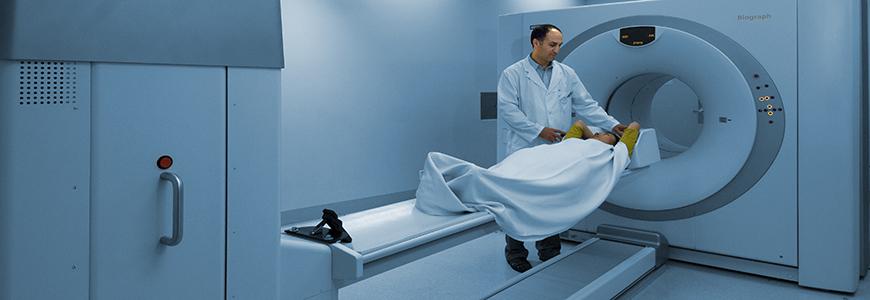
Importance of Radiology
Understanding the Role of Radiology
Radiology, also called diagnostic imaging, is a series of different tests that take pictures or images of various parts of the body. Many of these tests are unique in that they allow doctors to see inside the body. A number of different imaging exams can be used to provide this view, including X-ray, MRI, ultrasound, CT scan, mammography, nuclear medicine, fluoroscopy, bone mineral densitometry and PET scan.
Radiology’s role is central to disease management, with a wide choice of tools and techniques available for the detection, staging and treatment. Diagnostic imaging provides detailed information about structural or disease related changes. Early diagnosis saves lives. Without diagnosis there can be no treatment, there can be no cure.
“Radiologists save lives. Image interpretation is the most visible contribution of radiologists. The population should be informed about the importance of diagnostic imaging.”

In Ontario, every hour of every day, an average of eight people will be diagnosed with some type of cancer and three will die from cancer. Doctors today cannot manage patients without diagnostic imaging. For many diseases, your family doctor and emergency care physicians rely on radiology test results to determine your diagnosis and the course of your treatment.
Radiologists are the physicians who specialize in interpreting the results of these imaging exams. Family physicians and other specialists turn to radiologists for consultation on the safest and most effective exam, and what the results mean for the patient and the treatment options. The radiologist is responsible for interpreting the images acquired through a range of techniques and then communicating their analysis is to the patient’s physician.
The Value of Radiology in Healthcare
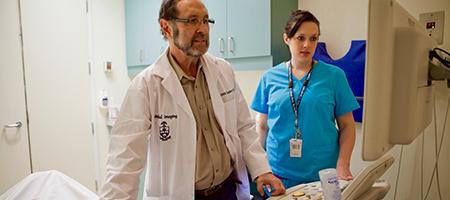
Role of Radiologist
Responsible for interpreting diagnostic images, providing indispensable information to treating physicians
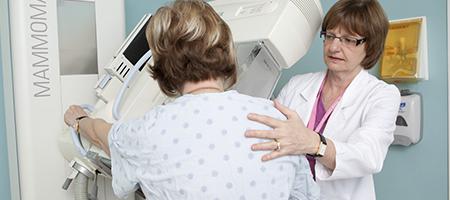
Prevention and Screening
The value of screening leads to early detection, staging and treatment
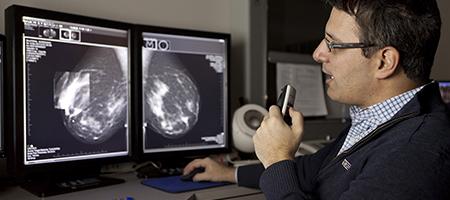
Treatment & Therapy
Treatment Monitoring with Imaging and diagnostic methods
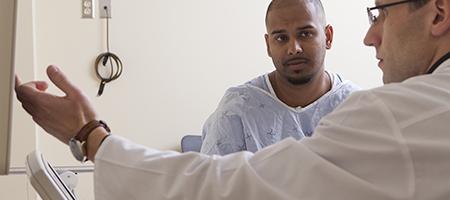
Informing the Public
The population should be informed about the importance of imaging in disease detection

